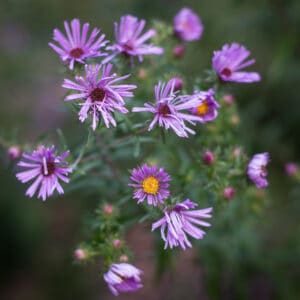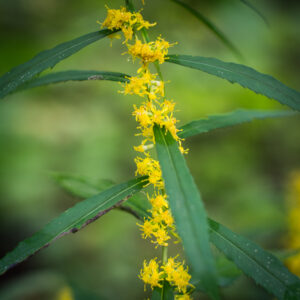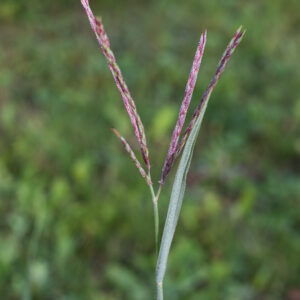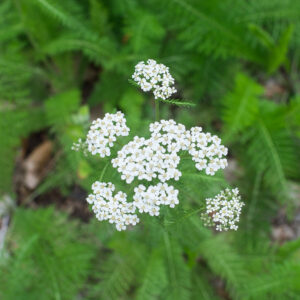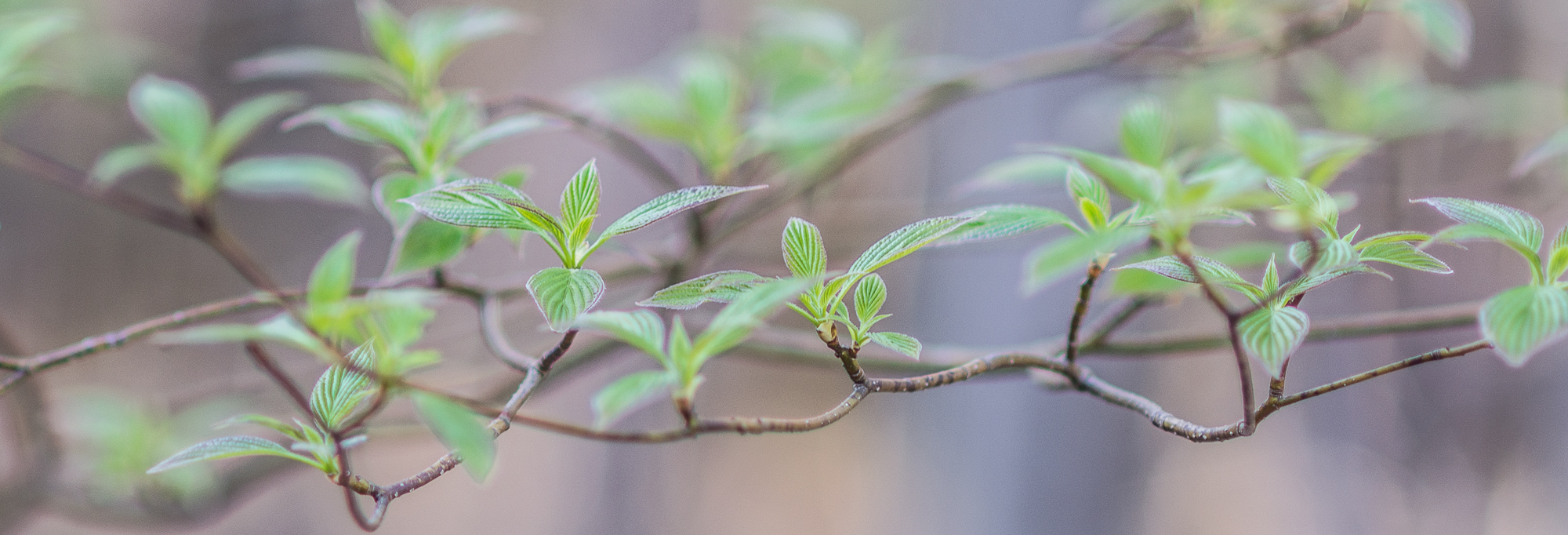
Why Native Plants?
Create Habitat
Habitats can be large or small. For instance, a sunny corner of your yard can become a small meadow, a shady area a mini-woodland. These habitats can support wildlife, filter water, control erosion and more!
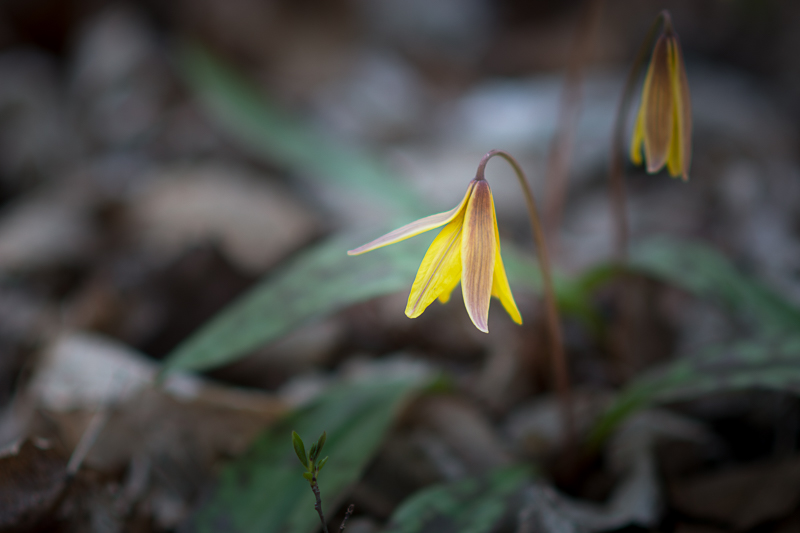
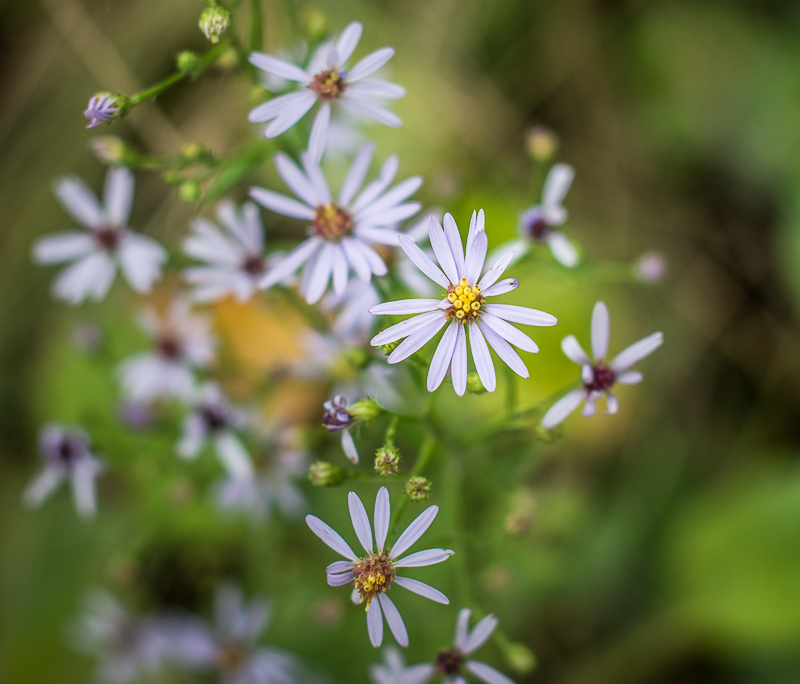
Support Pollinators
Pollinators are essential for healthy, functioning ecosystems. Bees are responsible for pollinating 90% of terrestrial plants.
Ontario is home to over 400 species of bees. Many of these are specialist bees that rely exclusively on a wide variety of native plants. This is why it is especially important to provide a diversity of native plant species in our landscapes.
Help Wildlife
Caterpillars are the main food source that adult birds feed to their young. Keystone native plant species such as asters and goldenrods support a large number of caterpillars, which in turn support bird populations. To learn more, I highly recommend Doug Tallamy’ book: Nature’s Best Hope.
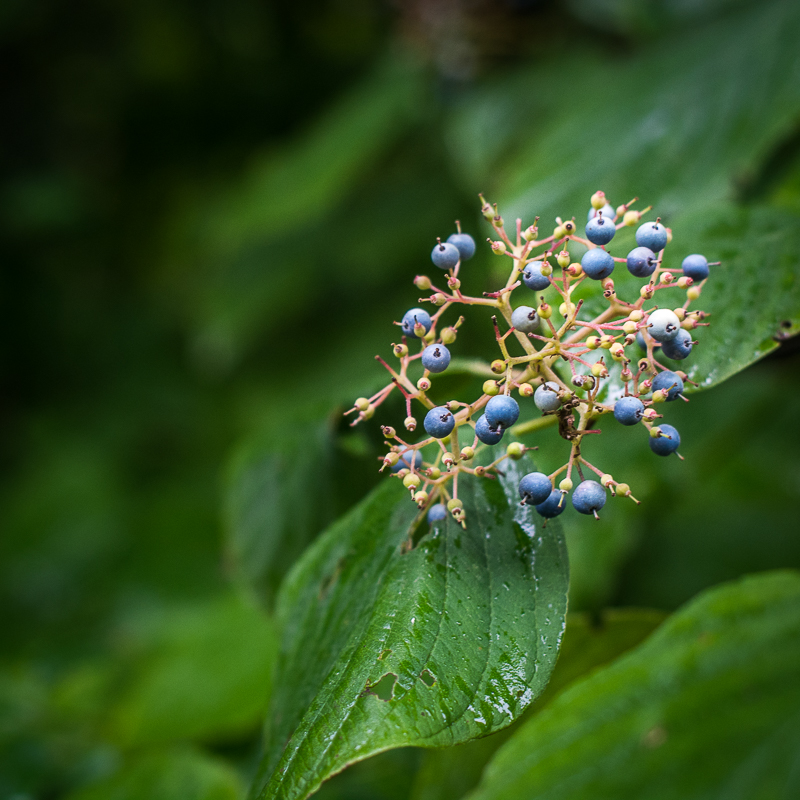
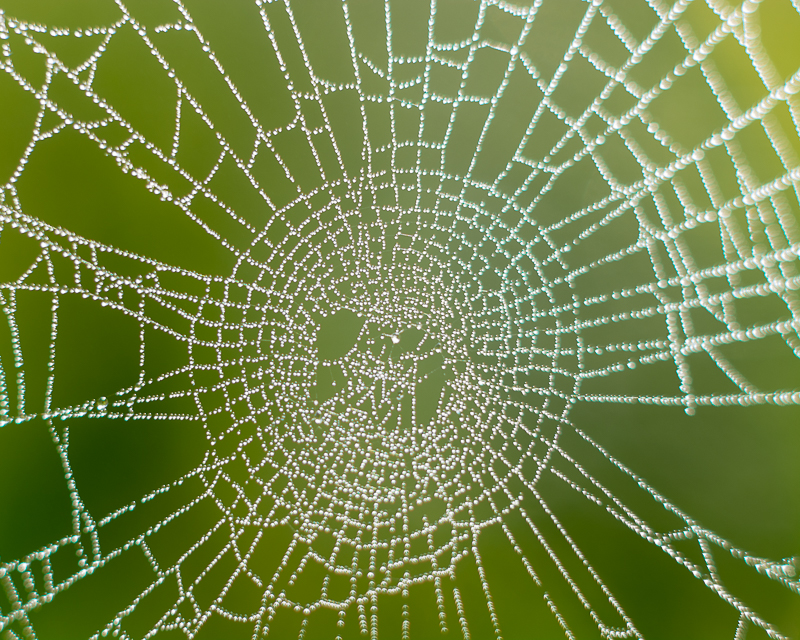
Restore Biodiversity
Native plants form the foundation of our ecosystems. This foundation is strongest when it has many different species of plants, all with different roles and interactions.
High levels of biodiversity help make ecosystems resilient. If one species is impacted by disease, insects or changing environmental conditions, there are other species that can continue to fill that role. Thus, planting native species can help to restore some of the biodiversity in our landscapes that has been lost.

